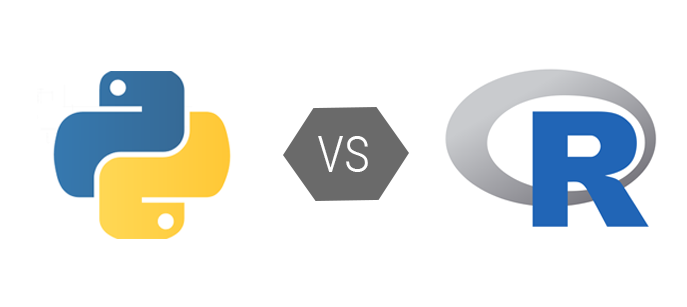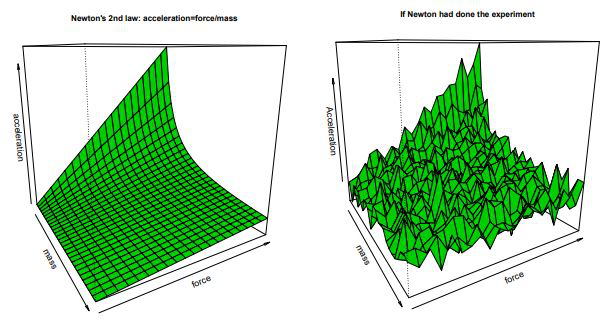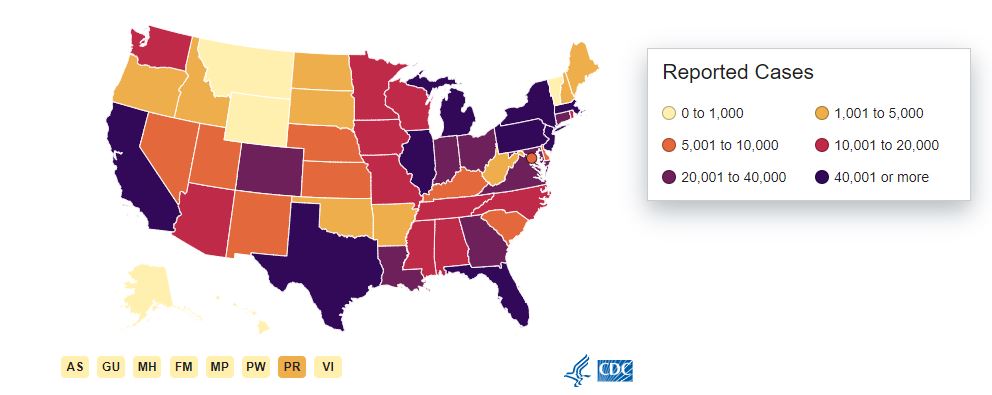STRENGTH TRAINING AS TREATMENT FOR CEREBRAL PALSY
GAIT ANALYSIS OF CHILDREN WITH CP AND THE RELATIONSHIP BETWEEN LOWER-BODY STRENGTH AND WALKING SPEED.

Cerebral palsy (henceforth "CP") is a non-progressive neurological disorder that primarily affects body movement and muscle coordination. Approximately two out of every thousand newborn children develop CP and to this date, there is no cure. This report discusses the relationship between the lower-body strength of the child with CP and their walking speed. As the risk involved with the strength-training treatment is low if not non-existent with proper care, even the slightest positive significant correlation should suggest the value of strength training.
Based on the study, there appears to be a strong relationship between strength and walking speed. This holds especially for those with Gross Motor Function Classification System (henceforth "GMFCS") Level 1, whether the CP is diplegic or hemiplegic. However, the strength of the relationship decays drastically for increasing GMFCS Levels. For those with GMFCS Levels of 3 or higher, possible benefits of the strength training appears to be negligible.






